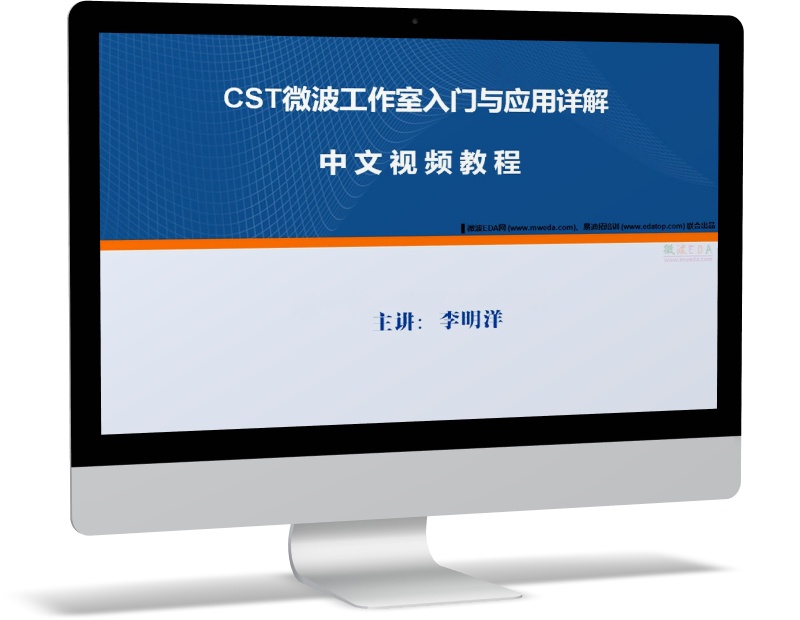对于CST MWS网格密度及fixpoint的疑问
来源:edatop
更新时间:2024-08-31
阅读:
fix point 是系统必定会通过的点吗?
我试了一下。
首先,做一个传输线,网格密度低到极限:

然后看mesh view,能看到传输线中心的铜箔部分的四个端点都已经是fix point,然而此时网格线并未通过它们。

作为对比,这是略微提高网格线密度后的结果:

在这个密度下,网格线通过了fix point。
问题是在仿真时,是否在两种密度下,fix point 都必定有网格呢?
带着这样的疑问我进行了仿真。在仿真进行时,开着mesh view,会看到系统自动对模型进行判断和加密。
(此时我没有点自适应网格加密!)
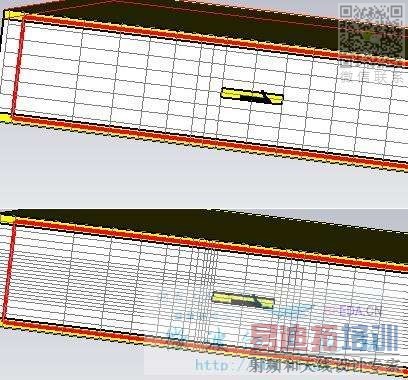
同时信息栏出现了:
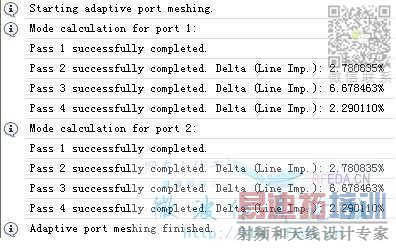
那么这个过程是在哪里进行的?是Global Mesh Porperties——Automatic Mesh Generation?如果是它的话,那么和Adaptive Mesh Refinement的区别是?
这个一会儿再做比较。
网格如此稀疏,自然结果出来的也很快。
然后在 viewlog 中查看仿真统计:
Solver Statistics:
Computername: 74BACABC7F6E49D
Number of meshcells: 448
Excitation duration: 3.554549e+001 ns
Calculation time for excitation: 21 s
Number of calculated pulse widths: 1.03262
Steady state accuracy limit: -30 dB
Simulated number of time steps: 20526
Maximum number of time steps: 397552
Time step width:
without subcycles: 1.788214e-003 ns
used: 1.788214e-003 ns
Number of threads used: 2
Matrix calculation time: 3 s
Solver time: 22 s
------------
Total time: 25 s
这个数字和Global Mesh Properties 中看到的相同。
那么前面所看到的被加密的过程的意义是?
在仿真结束后查看电场的分布:
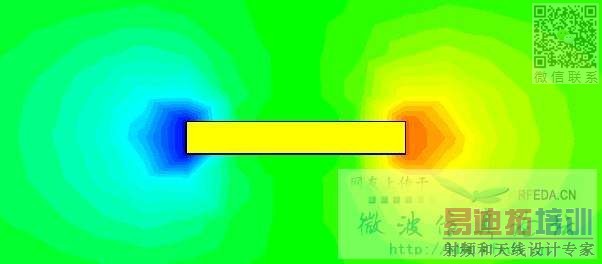
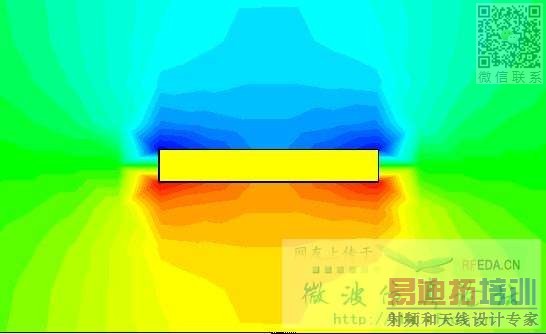
关键点在于铜箔的侧面分布情况。
S参数:
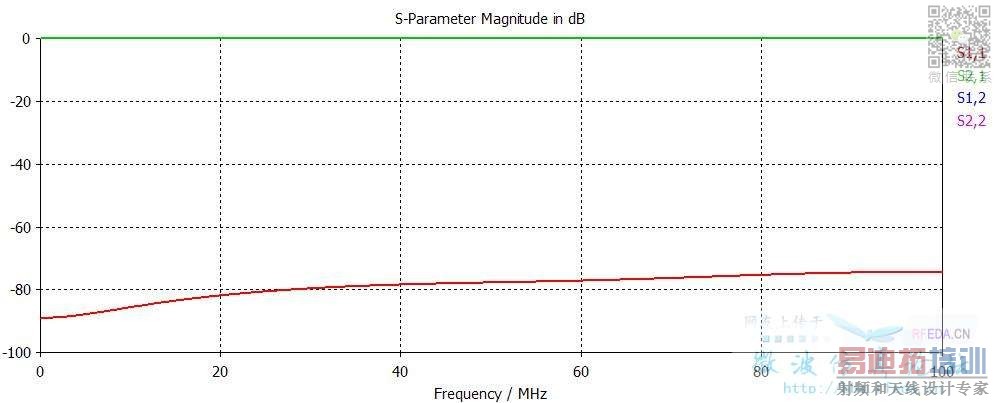
现在将网格密度提升一下
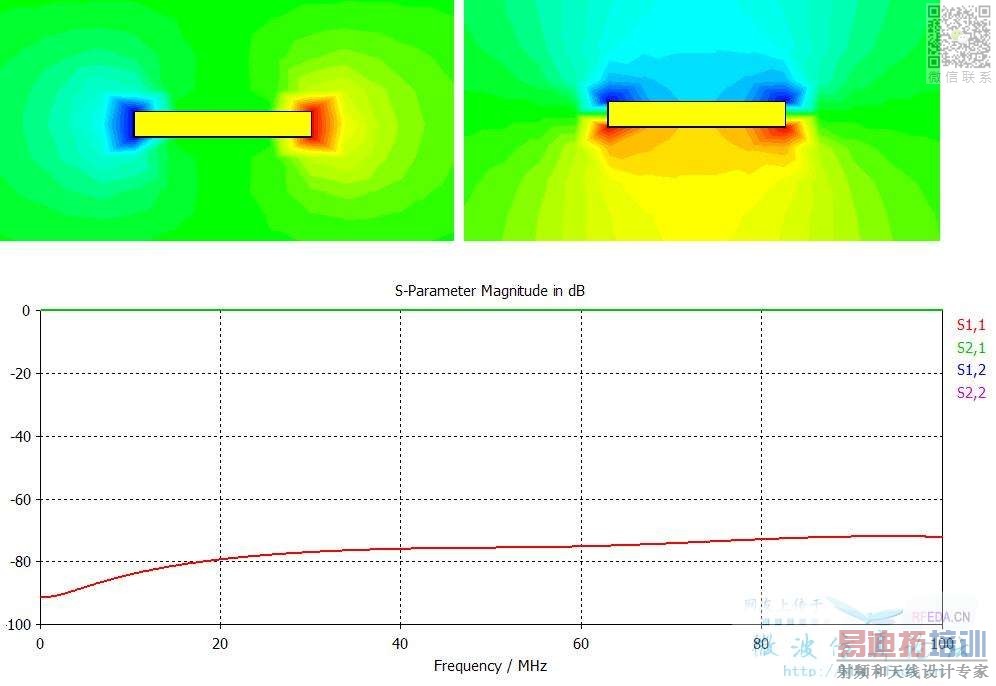
感觉差距不是很大。也可能是结构太简单的缘故?
你说的那个“加密”是"Port Mode Calculation",如果你的Transient Solver里设置了"Line impedance adaptation before solver run"时系统会自动优化端口处的网格以更准确地计算Line Impedance和Port Mode。
这个和Adaptive Mesh Refinement无关。
CST MWS帮助文件《Waveguide Port Overview》和《Special Solver Parameters - Waveguide》。
至于Fixpoint,请细心阅读帮助文件,有两句话需要注意:
1. The red dots in the model are critical points (called fixpoints) at which the expert system finds it necessary to set mesh lines.
2. In case of small details resulting in clustered fixpoints, mesh lines may not be placed at all fixpoints' positions.
应该可以解释你的问题了。
CST MWS帮助文件《Mesh Generation Overview》。
第二点应该是受“Mesh line ratio limit”的限制的缘故吧。





